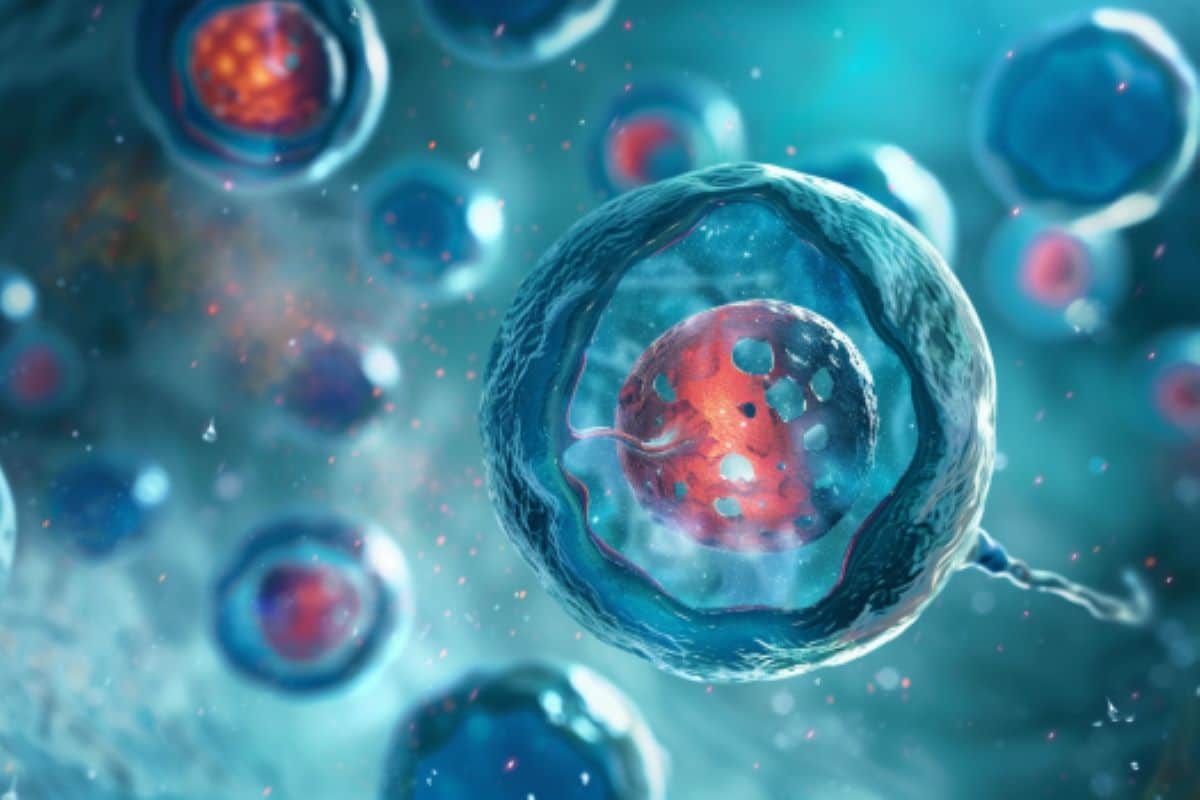Summary: Researchers published a review exploring the fundamental question of when organismal life begins in humans. Their analysis considers the complexity of early embryonic development and the historical 14-day rule used to govern embryo research.
The review highlights recent scientific advancements that shed light on why the 14-day mark is considered critical in distinguishing between different stages of life, including the separation of soma and germline. The researchers propose reevaluating this developmental milestone in light of new understandings from aging and developmental studies.
Key Facts:
- Historical Context: Since 1984, scientific and ethical guidelines have restricted human embryo research beyond 14 days post-fertilization.
- Developmental Milestone: The 14-day mark in embryogenesis is crucial as it signifies the separation of soma from the germline, introducing a distinct phase in development.
- Scientific Reevaluation: Recent advancements suggest this stage might have deeper implications, influencing ongoing discussions about the boundaries of human embryo research.
Source: Impact Journals
According to birth certificates, the life of a child begins once their body comes out of the mother’s womb.
In this new review, researchers Polina A. Loseva and Vadim N. Gladyshev from Harvard Medical School pose the controversial question: when does their organismal life begin?
Science holds a palette of answers—depending on how one defines a human life.
In 1984, a commission on the regulatory framework for human embryo experimentation opted not to answer this question, instead setting a boundary, 14 days post-fertilization, beyond which any experiments were forbidden.
Recently, as the reproductive technologies developed and the demand for experimentation grew stronger, this boundary may be set aside leaving the ultimate decision to local oversight committees.
While science has not come closer to setting a zero point for human life, there has been significant progress in our understanding of early mammalian embryogenesis.
It has become clear that the 14-day stage does in fact possess features, which make it a foundational time point for a developing human. Importantly, this stage defines the separation of soma from the germline and marks the boundary between rejuvenation and aging.
“We explore how different levels of life organization emerge during human development and suggest a new meaning for the 14-day stage in organismal life that is grounded in recent mechanistic advances and insights from aging studies.”
About this neurodevelopment research news
Author: Ryan Braithwaite
Source: Impact Journals
Contact: Ryan Braithwaite – Impact Journals
Image: The image is credited to Neuroscience News
Original Research: Open access.
“The beginning of becoming a human” by Polina A. Loseva et al. Aging
Abstract
The beginning of becoming a human
The model where every embryo is considered alive implies that the emergence of life equals the emergence of conceptus, i.e. a new cell identical neither to maternal nor to paternal cells.
The most evident property gained by this new cell is apparently a unique set of genes. However, a zygote neither has a proper nucleus nor an assembled set of genes.
The only RNAs that “work” in the cell supporting protein synthesis after fertilization are those inherited from the egg.
The maternal and paternal chromosomes remain tightly packed and align in the center of the cell forming the mitotic spindle for the first division.
During the cleavage, chromosomes mix up between daughter cells and so only by the first telophase the new chromosome sets are assembled.








